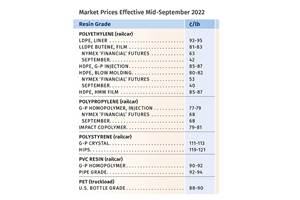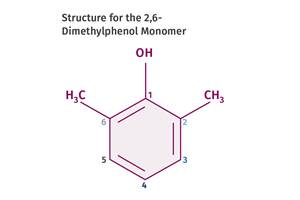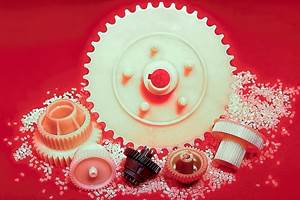Body Interior Finalists SPE Auto Innovation Awards
Check out these interesting finalists of the 2015 SPE Automotive Innovation Awards within the body interior category.
Late last year, I reported in a series of blogs on the award winners of the nine categories of the 2015 SPE Automotive Innovation Awards. Just about all the finalists in each of these categories is worthy of mention, and here I’m giving the floor to some well-designed body interior applications.
• Back-Mounted iPad Tablet Holder
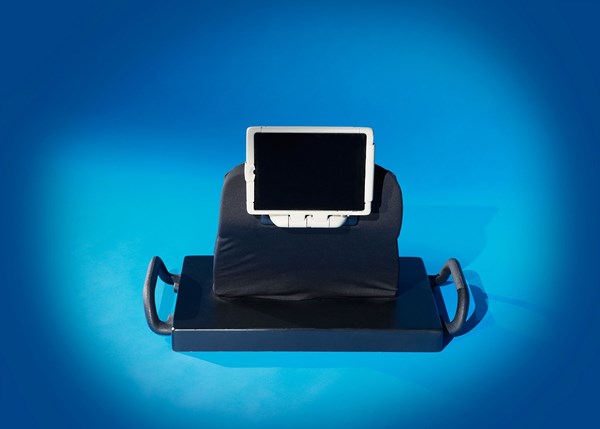
This is featured on the Ford China Taurus D568C 2016, with four patents pending. An industry first, this seat-back mounted tablet docking station and charger allows for smooth, one-handed loading/unloading of a tablet (or other 12 V-powered devices). The unit meets OEM head-impact requirements—will not fragment or release during impact, and has a range of automatic and synchronized convenience features that are totally new to the tablet holder market. When not in use, the holder rotates downward and stows tightly in the seat back and a tambour door covers the lock if the device is not in use.
The seat back dock and the friction hinge interface are steel structures. No structural metal is used in the housing and locking mechanisms to secure the tablet. The injection molded unit’s structural exterior is made of a 15% glass-reinforced Ultramid nylon 6 from BASF, while its low-friction mechanisms are made of Delrin 500P, a medium-viscosity acetal copolymer from DuPont. The tambour door is made with high-flow 15% mineral-filled Hostacom ERC homopolymer PP and 20% mineral-filled Hostacom X M2 PP copolymer, both from LyondellBasell. The Tier 1 supplier is Lumens High Performance Lighting and Lear Corp.
• Active Glove Box (AGB) System
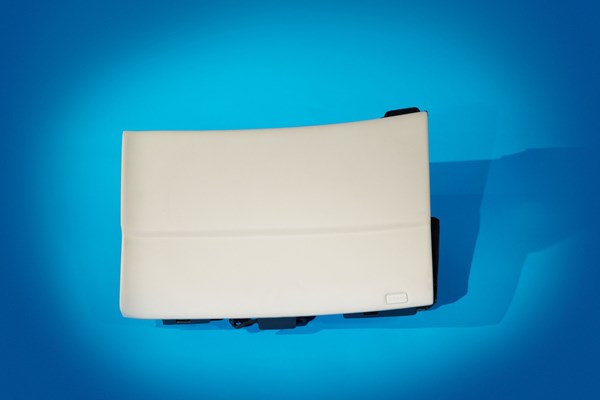
This is featured on Ford’s 2016 Lincoln MKX CUV and represents an enhancement to Ford’s AGB technology without losing functionality or safety. Design changes included the glove box door being hand wrapped and the inner door flocked, eliminating cut lines for a separate airbag door. The occupant protection zone was increased by 35%, the inflator was precision tuned, and the bladder design was optimized, leading to a larger weld-surface area.
Key materials used for the various components of the injection molded and vacuum formed components of this system were TPOs, as well as PVC skin. Advanced Composites provided ADX 5028, a 20% talc-filled TPO with high rubber content for cold ductility, and ADX 5017, a 20% talc-filled TPO that’s stiffer than 5028, which provides a reaction surface. Mitsubishi IDK and IDC) provided TT850N, an airbag door grade TPO that performs well at high strain rates as well as hot and cold temperatures. CGT (Canadian General Tower) provided two PVC skin variants. The Tier I supplier is International Automotive Components Group.
• Compact Driver’s Side Bin
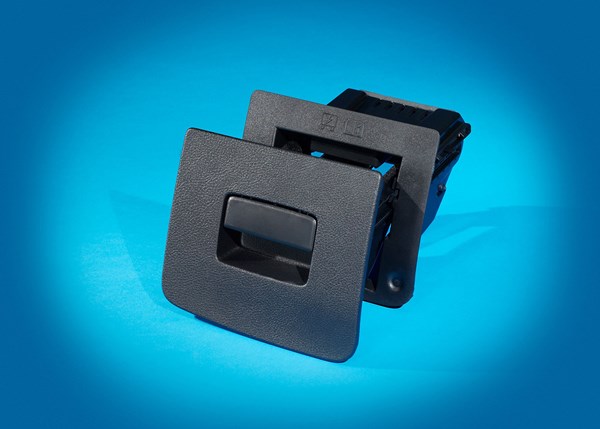
An industry first, this is featured in the 2015 Ford Edge CUV and utilizes molded-in plastic features that allow for the elimination of conventional non-plastic bin and bin rail components for a driver’s side bin. Thanks to the simple, non-binding, all-plastic rail system, this bin box is quiet, fully dampened, and requires no grease. The self-centering acetal copolymer (POM) snap-in rail caps and molded-in lower stabilizing rails allow full extension of the bin drawer while providing smooth, durable function. No screws, mechanical fasteners, welding or heat staking were required in the mating process, eliminating secondary operations and lowering assembly labor.
Key materials used included two Celcon POM grades from Celanese for the latch and rail caps and ADX 5017 20% talc-filled TPO from Advanced Composites for the plastic outer door that snaps to the bin. The bin itself, with molded-in bin rails, is made of Pulse 2000EZ PC/ABS from Trinseo, while the plastic housing is a molded-in color HH1891 ABS from Ineos. The Tier I suppliers was Yanfeng USA Automotive Trim Systems.
• 2-Shot Molded Crash Pad Garnish with 3D Patterns
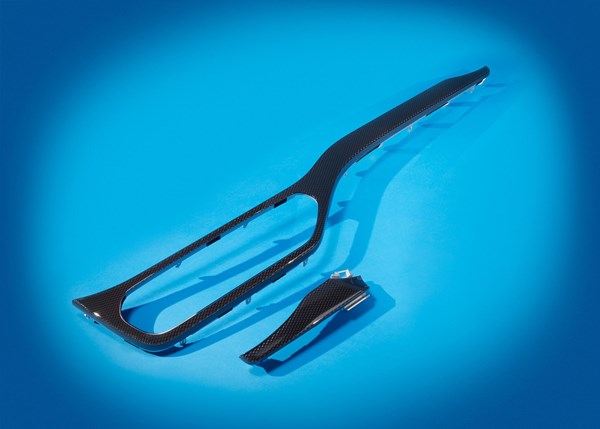
This injection molded component is featured on the 2015 Hyundai Kia KX3 CUV and features a transparent PC layer with unique, low-cost 3D patterns molded-in and a second ABS layer with molded-in metallic color. This second metallic ABS layer showcases the 3D patterns molded into the transparent PC layer, creating an effect that cannot be reproduced using traditional decorative processes, such as insert-molded film, while lowering cost by 56%.
To eliminate weld and flow lines and improve the luminous appearance, the size of the hybrid metallic flake system in the ABS was optimized and a hot/cool mold process was used. The materials were provided by Samsung SDI and the Tier I was Hyundai Mobis.
Related Content
Prices of Volume Resins Drop
Price relief is expected to continue through the fourth quarter for nine major commodity and engineering resins, driven by widespread supply/demand imbalances.
Read MoreTracing the History of Polymeric Materials: Polyphenylene Oxide
Behind the scenes of the discovery of PPO.
Read MoreTracing the History of Polymeric Materials: Aliphatic Polyketone
Aliphatic polyketone is a material that gets little attention but is similar in chemistry to nylons, polyesters and acetals.
Read MoreMelt Flow Rate Testing–Part 1
Though often criticized, MFR is a very good gauge of the relative average molecular weight of the polymer. Since molecular weight (MW) is the driving force behind performance in polymers, it turns out to be a very useful number.
Read MoreRead Next
Lead the Conversation, Change the Conversation
Coverage of single-use plastics can be both misleading and demoralizing. Here are 10 tips for changing the perception of the plastics industry at your company and in your community.
Read MoreAdvanced Recycling: Beyond Pyrolysis
Consumer-product brand owners increasingly see advanced chemical recycling as a necessary complement to mechanical recycling if they are to meet ambitious goals for a circular economy in the next decade. Dozens of technology providers are developing new technologies to overcome the limitations of existing pyrolysis methods and to commercialize various alternative approaches to chemical recycling of plastics.
Read MoreUnderstanding Melting in Single-Screw Extruders
You can better visualize the melting process by “flipping” the observation point so that the barrel appears to be turning clockwise around a stationary screw.
Read More













.png;maxWidth=300;quality=90)





